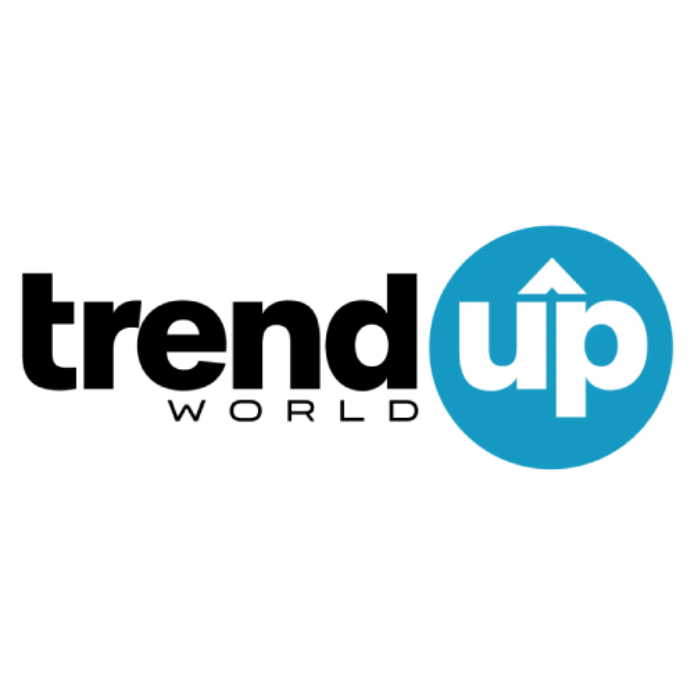
The 5 Best Gold ETFs to Fight Sticky Inflation
Here’s a look at five solid gold ETFs that can help you combat sticky inflation or safeguard against a market downturn.
It’s no surprise that economies around the world, including the U.S., faced a wave of inflation following the COVID-19 pandemic. The global health crisis caused massive supply chain disruptions and squeezed labor markets, prompting governments and central banks in developed countries to roll out unprecedented stimulus measures, often involving substantial public debt.
While a global economic collapse was avoided, the various economic shocks, coupled with large-scale money printing, fueled inflationary pressures that drove up the cost of goods and services. What has caught many economists and investors off guard is the persistence of this inflation. Initially considered temporary, inflation has stuck around, even after aggressive rate hikes by the U.S. Federal Reserve and other central banks. Although inflation has cooled somewhat, it remains a concern.
In this environment of sticky inflation, investors—both individual and institutional—are seeking ways to protect their portfolios from the loss of purchasing power. One effective option is gold or gold-backed securities, such as gold-based exchange-traded funds (ETFs). Gold ETFs offer two key advantages: inflation protection and growth potential.
Gold serves as a hedge against sticky inflation because its value is not tied directly to financial markets, the money supply, or monetary policy. With a limited supply and constant demand, gold tends to hold its value over time. Gold ETFs, which are traded on major stock exchanges, provide a convenient way to protect your portfolio from inflation without the hassle of buying and storing physical gold.
If you’re looking to diversify your portfolio with gold ETFs, here are five top picks:
1. SPDR Gold Shares (GLD)
GLD is considered a top choice in the gold ETF market, thanks to its $62 billion in assets and highly liquid, low-cost structure. The fund invests exclusively in physical gold, with nearly 100% of its assets in gold bars, allowing GLD to closely track the price of gold bullion after its low 0.4% expense ratio. GLD was the first U.S.-traded gold ETF and the first ETF backed entirely by a physical commodity, making it a trusted choice for nearly two decades.
2. VanEck Gold Miners ETF (GDX)
Launched in 2006, GDX was the first gold miners ETF in the U.S. With $13 billion in assets, this fund tracks the NYSE Arca Gold Miners Index. While its expense ratio is 0.51%, GDX’s performance closely mirrors its benchmark. Investing in gold miners offers the potential for higher returns compared to physical gold, as gold mining companies often see larger price increases when gold rises and larger declines when it falls. For those comfortable with the higher volatility, GDX can be a valuable addition to diversify your portfolio and hedge against inflation.
3. ProShares Ultra Gold (UGL)
UGL is a more aggressive choice, with $216 million in assets. This leveraged gold ETF seeks to deliver twice the performance—both gains and losses—of gold, using a mix of short-term derivatives like swap agreements and futures contracts. While UGL is not recommended as a long-term holding, it could be a good option if you anticipate the inflation cycle is nearing its end and are willing to take on higher risk.
4. VanEck Merk Gold Trust (OUNZ)
OUNZ, with $962 million in assets, stands out because it offers investors the option to take physical delivery of their gold. Unlike other physical gold ETFs, OUNZ allows shareholders to exchange their shares for gold bars or coins, with no delivery fees for clients in the lower 48 states. With an expense ratio of just 0.25%, OUNZ offers a unique blend of physical gold ownership and ETF convenience.
5. iShares Gold Trust Micro (IAUM)
IAUM is a $1.2 billion ETF that solves the challenges of buying, storing, and insuring physical gold. While it’s not a strict index fund, IAUM provides an accessible and cost-effective way to invest in gold, with an expense ratio of just 0.09%. Its low cost and the reputation of the iShares brand make it a popular choice for those looking to participate in the gold market without the hassle of physical ownership.






